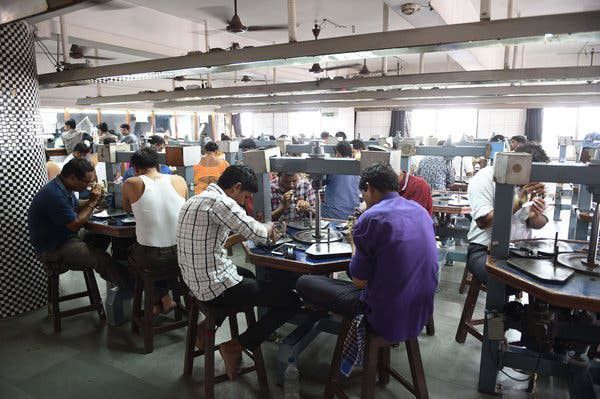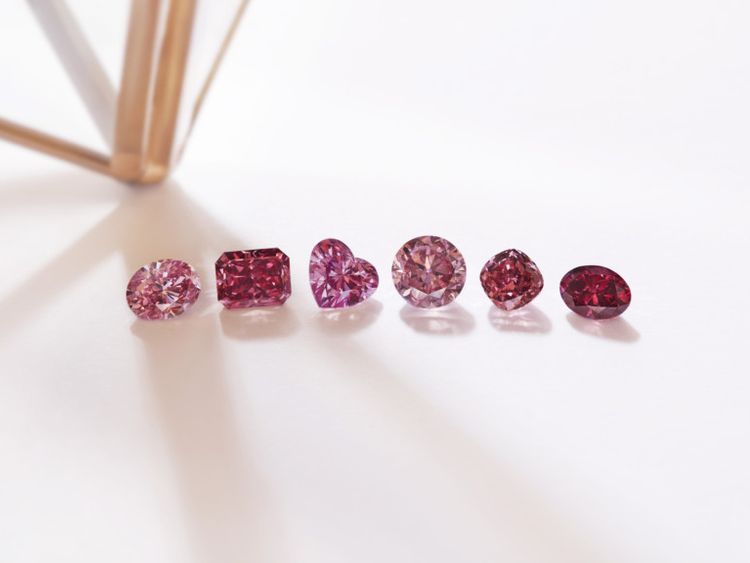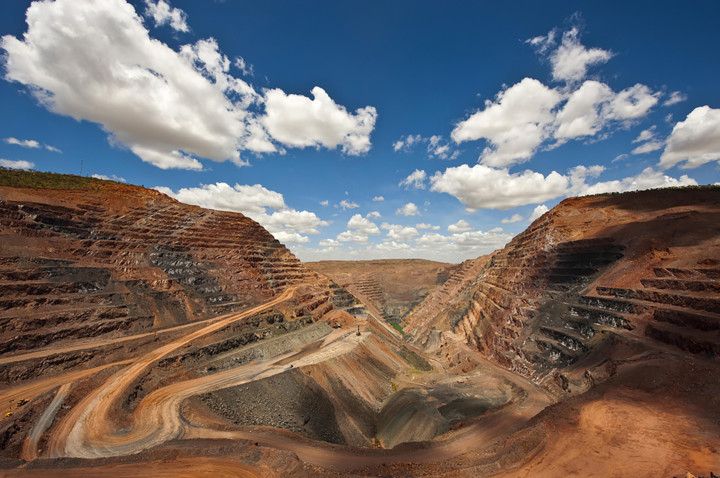LONDON - Is it ever possible to have too many diamonds? For many in the business of producing and trading these gems in recent years, the answer is yes.
The top diamond miners in the world, including the two largest, Alrosa and De Beers, have an inventory problem. So do many of the cutters and polishers who buy the rough stones and sell them to retailers. At every stage of the supply chain there are too many of these precious gemstones, whose marketing has long depended on their rarity.
A glut in many other industries would ordinarily lead to deep price cuts. But consumers are buying stones that have passed through many layers of middlemen: traders, polishers and cutters, who have absorbed much of the raw stones’ price volatility, as well as brands and jewellery houses that create rings, bracelets and necklaces. This has kept retail prices relatively constant, fuelled by robust demand from shoppers all over the world.
Still, challenges are mounting for the $17 billion diamond mining industry. The oversupply of rough stones and the increasingly strained finances of middlemen have hit miners’ balance sheets in recent months as they try to manage the surplus and increase the value of existing stones.
THIS MINE SPEWED 10-15 MILLION DIAMONDS LAST YEAR
The Argyle mine, in a remote region of Western Australia, was responsible last year for 10 million to 15 million carats of the entire global diamond output (140 million to 145 million carats). Argyle is also the source of some of the rarest, most expensive gems in the world: pink, purple and red diamonds.
Last month, at a showcase of 64 of the most valuable gems recently extracted from the mine, its owner, Rio Tinto, said Argyle would close in 2020, after years of speculation.
In mid-July, De Beers said it would scale back production, after sales of rough diamonds fell 53% from a year earlier. And a few days later, Petra Diamonds, a mining group listed on the London stock exchange, reported full-year revenue below analysts’ estimates, adding that it expected next year’s production to be even lower.
According to Paul Zimnisky, an independent diamond industry analyst and consultant, the market is being squeezed from all sides. At one end, as a result of geopolitical tensions, global spending on luxury jewelry has become more volatile.
More significant, a growing glut of rough diamonds, coupled with foreign exchange volatility, trade wars and rocky stock markets, has upended the industry. Prices for rough diamonds have declined about 6% this year, while polished stones are about 1% lower, according to data from Polishedprices.com.
IT’S DOWNHILL SINCE 2011
Mine exploration boomed after the 2008 financial crisis, partly in anticipation of demand from China. “Rough diamond prices hit an all-time high in 2011,” Zimnisky said, “but have basically been on a slide since then.”
Because it takes four to eight years to develop most mining operations, and sometimes longer, stones from newer explorations didn’t hit the market until late 2017 and early 2018, after trading conditions had drastically shifted.
In addition, financing problems have affected the miners’ core customer base: the traders, cutters and polishers of rough stones, whose hubs are predominantly in India and Belgium. Banks have moved away from this complex and secretive industry, made up of tens of thousands of small and medium-size businesses, after being stung by frauds and bad loans. In February 2018, news broke of one of India’s biggest frauds, allegedly perpetrated by a celebrated trader and jeweler, Nirav Modi.
Last month, the Dutch bank ABN Amro was the latest to announce that it would scale back its financing of rough-diamond purchases, citing a lack of profitability.
“There is significant indigestion in the midstream of the market, thanks to both a nasty cocktail of recent geopolitics and now this credit squeeze on polishers and traders,” said Bruce Cleaver, the chief executive of De Beers. “The impact is being felt across the entire market.”
With the profit margins of its clients - traders, cutters and polishers - rapidly slipping away, De Beers said it had reduced rough diamond production by 11% for the first half of 2019. It also cut prices and offered options like deferring purchases. A weaker rupee has also made gems more expensive for Indian manufacturers, which cut or polish about 90% of the world’s stones in the city of Surat.
“We need to help customers ride out this storm,” Cleaver said. “That said, we’ve seen trading downturns like this before. There is still plenty of demand for diamonds from consumers, and I feel confident this will pass.”
LAB GROWN DIAMONDS ARE HERE TO STAY
The blossoming popularity of lab-grown diamonds - and production in China and India - is another potential headwind for miners of natural gems. While lab-grown stones make up only about 2 per cent of the diamond jewelry market, production is growing by 15 to 20 per cent a year, according to Bain. Synthetic diamonds can cost 30% to 75% less than natural stones.
Still, consumer appetite for natural diamonds is strong.
According to a Bain Global Diamond Industry report last year, diamond jewelery sales increased 2 per cent in 2017, led by demand in the United States, which accounts for more than half the polished natural diamond market, and China, which makes up 15 per cent.
For Zimnisky, the steady consumer demand is reassuring, though he remains cautious.
“A diamond may be forever,” he said. “But its allure comes and goes.”
The New York Times News Service
















